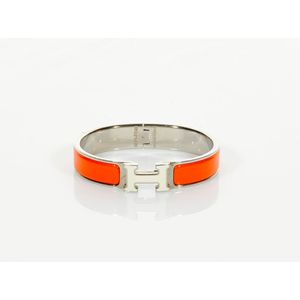Emerald Modernist Glass Vases with Wavy Ribbon Handles
You must be a subscriber, and be logged in to view price and dealer details.
Subscribe Now to view actual auction price for this item
When you subscribe, you have the option of setting the currency in which to display prices to $Au, $US, $NZ or Stg.
- Modernism / Modernist - Modernist furniture and design emerged in the early to mid-20th century as a response to traditional styles of the 19th century and prior times, and a reflection of the technological and social changes of the time. Characteristics of Modernist furniture and design include simplicity and minimalism and clean lines and a lack of unnecessary ornamentation are key features. That form follows function is a fundamental principle of Modernist design, and furniture and objects are designed with a focus on their practical use.
Modernist furniture often incorporates geometric shapes, such as cubes, rectangles, and circles. This reflects a departure from the more ornate and curvilinear forms of previous design styles. The furniture often prioritizes ergonomic design, ensuring that objects are comfortable and user-friendly. Modernist designers aimed to create designs that could be mass-produced, making good design accessible to a broader population.
Prominent figures associated with Modernist furniture and object design include designers such as Hans Wegner, Verner Panton, Florence Knoll, Harry Bertoia and Ettore Sottsass - Emeralds - Emeralds have been used in jewellery making for thousands of years, and are prized for their deep green colour, which is caused by the presence of chromium and vanadium in the mineral beryl. Because of their rare colour, emeralds are often more valuable than diamonds of a similar size and quality. In jewellery making, emeralds are typically cut into round or oval shapes to maximize their color and clarity. They are often set in gold or platinum and used as the centrepiece of a piece of jewellery, such as a ring or necklace. They can also be used in combination with other gems, such as diamonds, to create intricate and beautiful designs.
Visually similar items

Sterling silver jug, London 1813

A ladies Piaget gold wristwatch, manual wind movement, circular silvered dial with baton numerals, signed case, dial and movement, 18ct white gold case with conforming bracelet bands, reference 924B11, case number 151534, total length 160 mm, 22 mm diamete

A black slate mantle clock, made by Earnshaw, London

Hermes, enamel 'H' bracelet, in orange and white with palladium hardware, stamped 'Hermes P Made in France, size PM, diameter 6 cm
